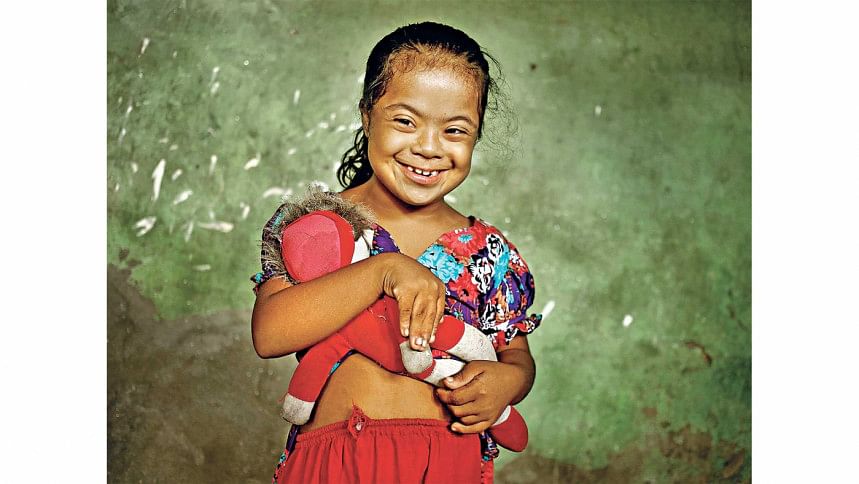Concerning children with Autism and their social & academic development

Autism spectrum disorder is a neurodevelopmental disorder. It is not characterised by a single symptom but comes with various symptoms. Autism is characterised by severe and prevalent impairment in various important areas of development that include reciprocal social interaction, behaviour, communication and learning difficulties. Even though this disorder can adversely affect educational/social performance, autistic children can be included in mainstream educational settings, depending on the severity of their difficulties with adequate support, awareness and resources. It is evident that, despite these difficulties, many children with Autism have superior attention and perceptual ability and talent, especially in engineering, computing and mathematics.
It is apparent that they need professional help, adequate resources and support in order to develop these groups of children, socially and academically. In substance, this means the availability of things like early intervention, IEP (Individual Educational Plan), behaviour intervention therapy, a speech pathologist, occupational therapy, assistive technology, different pedagogy instruction and a variety of educational resources such as multisensory teaching aids, visual tools, and auditory and kinaesthetic learning aids.
Many individuals with Autism have difficulty forming letters, although they have the ability to align, size and space the letters. This can be due to weaknesses in fine and gross motor function. It is necessary to support these children with proper therapy - such as sensory integration therapy (e.g., joint compression, hand message) or occupational therapy – along with other games and activities such as swimming, scooting, colouring, solving puzzles, lego, sand game, play dough etc. with an adult or therapist supervision, so that they can learn how to adapt to the situation as much as possible.
Some children with Autism have been found to have a superior ability to process information visually, which is considered the best channel for them to understand, learn and remember through. Therefore, it is important for teachers/other caregivers to apply implicit communication strategies, such as giving instructions without adding extra work or expecting eye contact, breaking up sentences into smaller ones, slowly talking and giving time to respond, avoiding complicated vocabulary, and giving visual cues.
It is suggested that these social-communication challenges can be overcome or improved in various ways, such as through circles of friends, social skill programme by Maureen Aarons and Tessa Gittens (2003), talk about by Alex Kelly (2003) and the support of speech and language therapists (SLT). It is evident that social training – such as that found in Carol Gray's Social stories – Comic Strips can help many children with Asperger's improve social-communication interaction.
It can be argued that, in the context of Bangladesh, social inclusion/acceptance is equally important in avoiding causing further disability. Therefore, educating neurotypical peers and other parents about children with special needs, their strengths, and challenges could help bring about the best outcome for the children with Autism and be well understood/accepted by others in the community.
The writer is a special educator and meditation therapist. E-mail: [email protected]

 For all latest news, follow The Daily Star's Google News channel.
For all latest news, follow The Daily Star's Google News channel. 



Comments